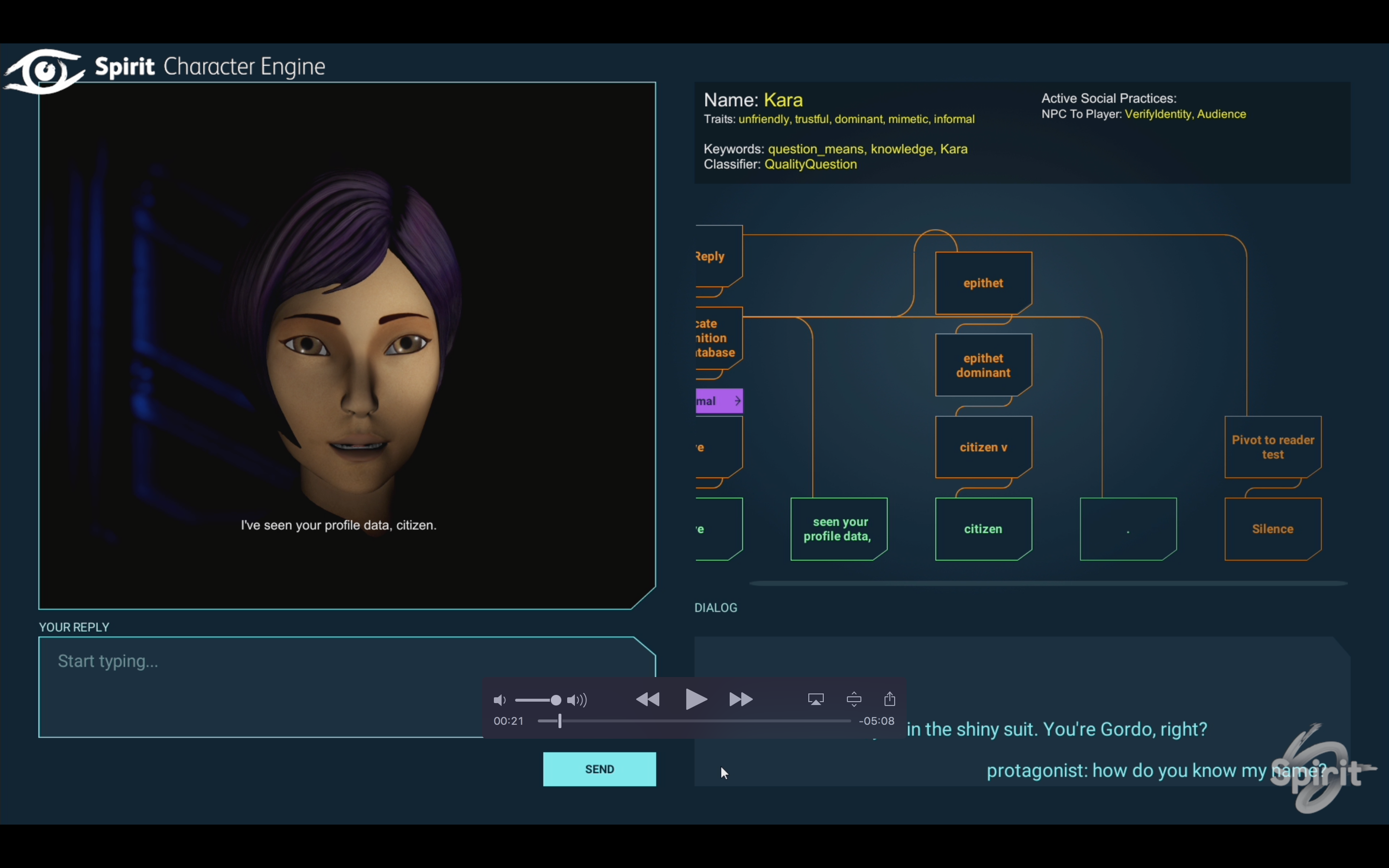Very frequently, when I’m called in to suggest a narrative delivery system that will work for a particular game, I find myself sketching out some form of storylet-based solution. Storylets are simple, atomic, robust, and recombinable.
Here’s my basic definition of a storylet (though many systems may call them other things: events, snippets, etc):
- there is a piece of content. It might be a line or a whole section of dialogue, it might be narration, it might be an animation or scrap of film
- there are prerequisites that determine when the content can play
- there are effects on the world state that result after the content has played
I’ve written some before about how this structure lets one get beyond standard branching narrative, with quality-based and salience-based structures. It is the concept underlying StoryNexus. It also underlies Threaded Conversation, the conversation library I wrote for Inform (eventually released, and now maintained, by Chris Conley).
You could even understand conversation elements in Versu and in Character Engine as a type of storylet. In those cases, there is quite a lot of other procedural work determining what content should be presented next and how it should vary. Quite a few procedural narrative systems work by defining some kind of model for stringing storylets together — so this can be an approach that will support an ambitious AI-driven concept.
At the same time, this design method isn’t only for the procedurally ambitious. You can make and explore the affordances of a rudimentary storylet system by writing your storylet content and quality rules on a set of index cards. And in fact I do sometimes do exactly that as a paper prototyping exercise.
This definition leaves a lot else out. It doesn’t say how much content is inside a given storylet, how that content is structured, or how it’s selected. Max Kreminski’s overview work explores a lot of the nuances here.
But for the present article, I’m looking chiefly at how many standard ways of structuring game narrative content can be rendered in storylets.
Common Branching Structures and Storylets
Storylets can be used to replicate a lot of classic structures from branching, Twine, or Choose Your Own Adventure contexts, if you give yourself a progress stat or quality to count how far you are through the story, and perhaps also allow for a menace stat to represent how much trouble the player is in.
For instance, here’s a gauntlet storyline, linear except where the player makes a mistake, as it might be represented in Twine and then as it might be represented in storylets:






